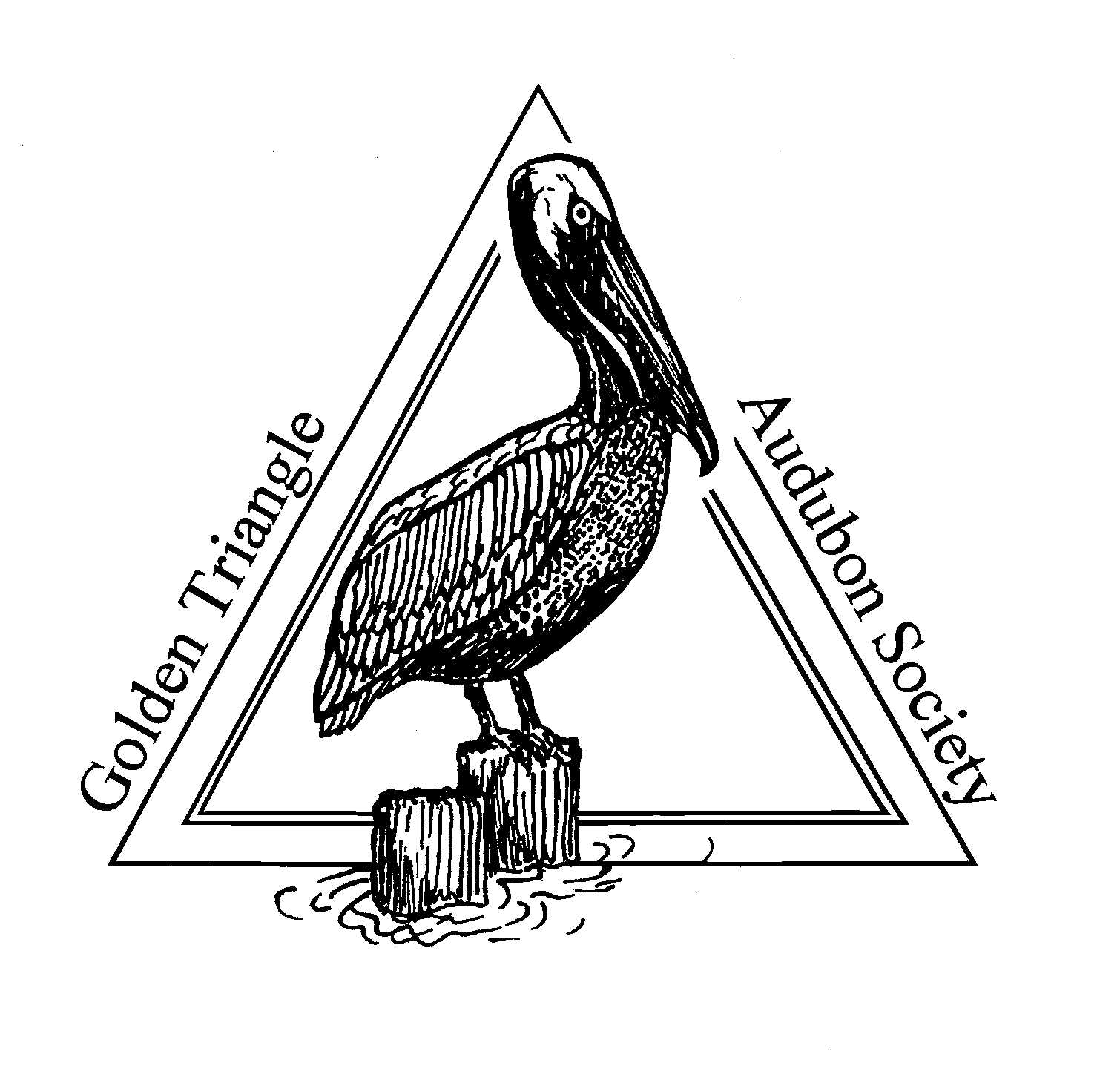|
March Meeting
Report
David Bradford was our speaker at the March 16, 2000 membership
meeting. David teaches biology at Westbury High School. He has served as
chairman of the Ornithology Group of the Outdoor Nature Club of Houston
and as vice-president of programs for the Houston Audubon Society. He is
presently serving as executive vice president of the Outdoor Nature Club
of Houston and until recently was the Upper Texas Coast Subregional Editor
for North American Birds, the successor to Field Notes. He is an active
member of the American Birding Association and the Texas Ornithological
Society. I met David several years ago on a Penfeathers Tours that he was
co-leader for. He has been leading tours to West Texas and out-of-state
for Penfeathers Tours since 1989.
David has birded Southeastern Arizona several times on his own and
by leading birding tours. According to David, Southeastern Arizona is a
unique place because it is located near the Mexican border; therefore,
you have the possibilities of the Mexican strays. There is a diverse habitat:
lush riparian habitat near the rivers, Sonora Desert, and within the Sonora
Desert there are large continuous mountain ranges sometimes referred to
as “sky islands”. All of these habitats are available within a short period
of time and distance.
David introduced us to the birds of Southeastern Arizona through
a slide program he had prepared based on the last tour he led in July and
August of 1999. The tour began in Tucson for one night, then to Portal
for three nights in the Chiricahua Mountains, then to Sierra Vista for
two nights in the Huachuca Mountains and finally to Santa Rita Lodge for
the last three nights in the Santa Rita Mountains. They were going from
“sky island” to “sky island” hitting the desert in between.
The first time David went to Southeastern Arizona, he added a hundred
lifers to his list. I could have added the following birds to my life list
if I had been on that tour: Gilded Flicker, Lucy’s Warbler,
Lucifer Hummingbird, Elegant Trogon, Gambel’s Quail,
Crissal
Thrasher, Le Conte’s Thrasher, Bendire’s Thrasher, Dusky-capped Flycatcher,
Strickland’s Woodpecker, Black-chinned Sparrow, Black-throated Gray Warbler,
Juniper Titmouse, Magnificent Hummingbird, Yellow-eyed Junco, Steller’s
Jay, Hairy Woodpecker, Pygmy Nuthatch, Mexican Chickadee, Grace’s Warbler,
Olive Warbler, Red-faced Warbler, Evening Grosbeak, Hutton’s Vireo, Painted
Redstart, Golden Eagle, Prairie Falcon, Abert’s Towhee, Virginia’s Warbler,
Tropical Kingbird, Gila Woodpecker, Ruddy Ground-Dove, Broad-tailed Hummingbird,
Anna’s Hummingbird, Broad-billed Hummingbird, Blue-throated Hummingbird,
White-eared Hummingbird, Violet-crowned Hummingbird, Costa’s Hummingbird,
Berylline Hummingbird, Calliope Hummingbird, Allen’s Hummingbird, Plain-capped
Starthroat, White-throated Swift, Buff-breasted Flycatcher, Greater Pewee,
Red Crossbill, Spotted Owl, Sulphur-bellied Flycatcher, Rock Wren, Rose-throated
Becard, Thick-billed Kingbird, Bridled Titmouse, Whiskered Screech-Owl,
Mexican Jay, Common Poorwill, Buff-collared Nightjar, Cassin’s Sparrow,
Botteri’s Sparrow, Rufous-winged Sparrow, Five-striped Sparrow, and Mountain
Chickadee. As you can see, if you have never birded Southeastern Arizona,
you could increase your life birds tremendously.
This was my second time to see this program and it was just as interesting
this time as it was the first time. If you were not at the meeting you
really missed an excellent program. David keeps your interest with his
stories and educates you by pointing out specific field marks and habitat.
His next tour to Southeastern Arizona will be July 21 - 30, 2000. For more
information contact him P>O. Box 38157, Houston, Texas 77238, tel. (281)
445-1187; email pfcompany@aol.com. Our next membership meeting will be
Thursday, April 20, 2000. Hope to see you there!
Nancy Fisher
|

